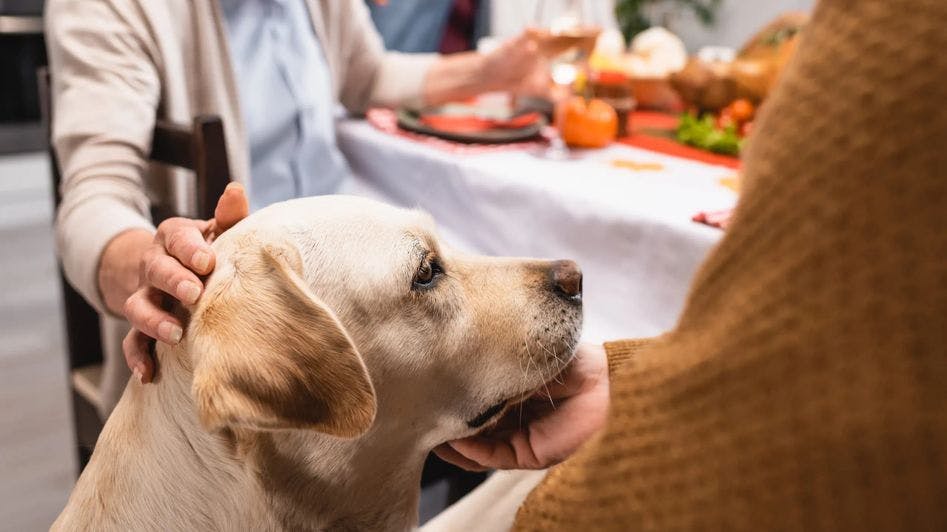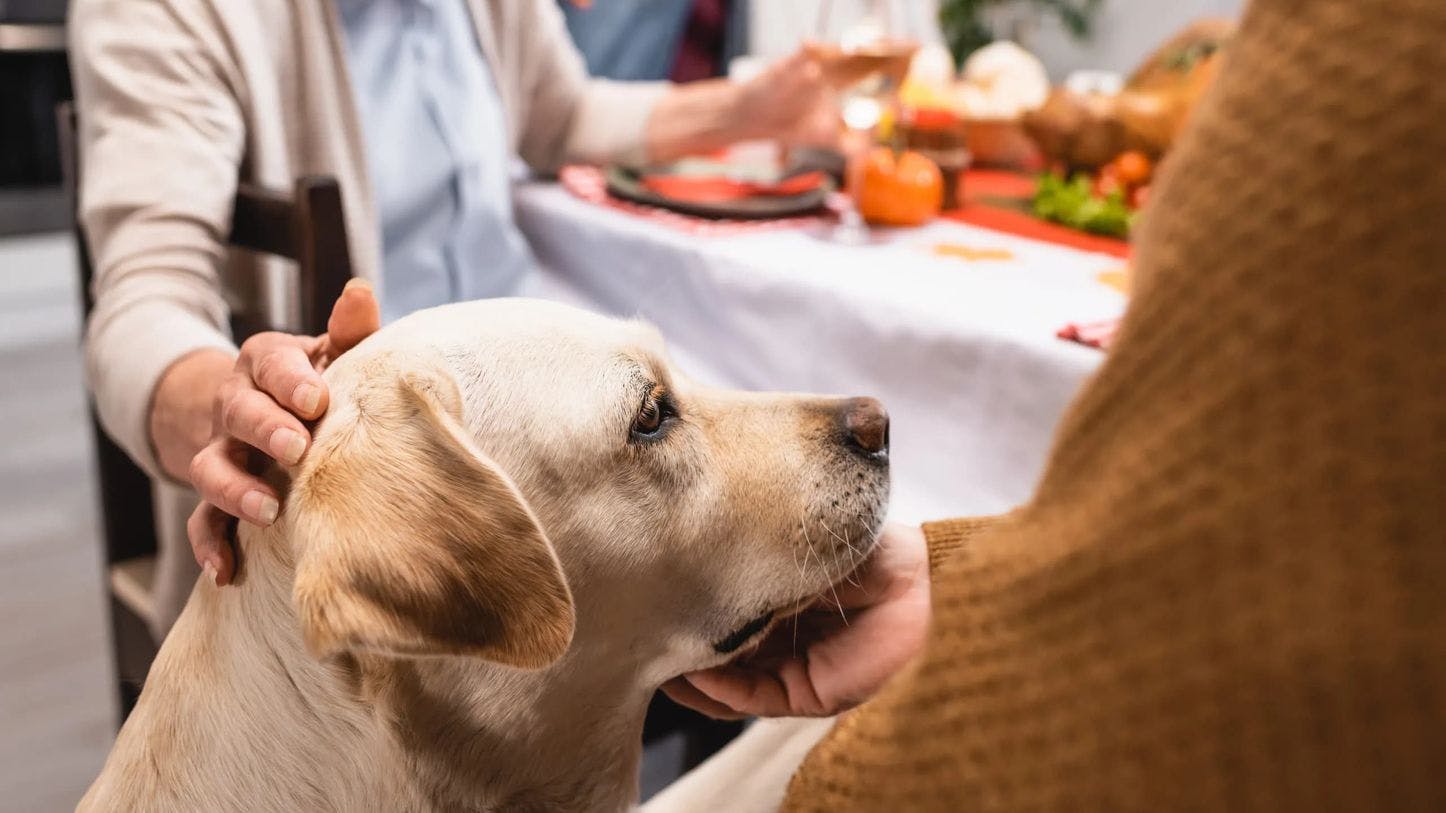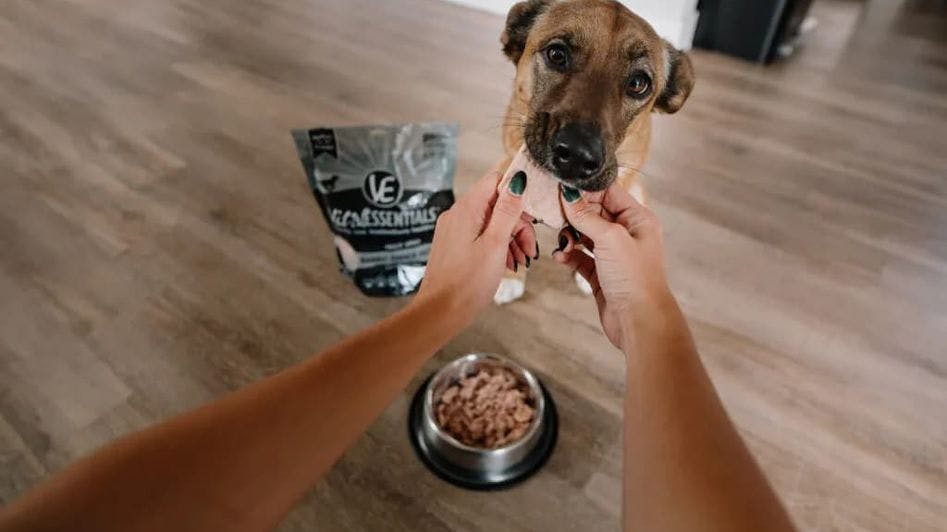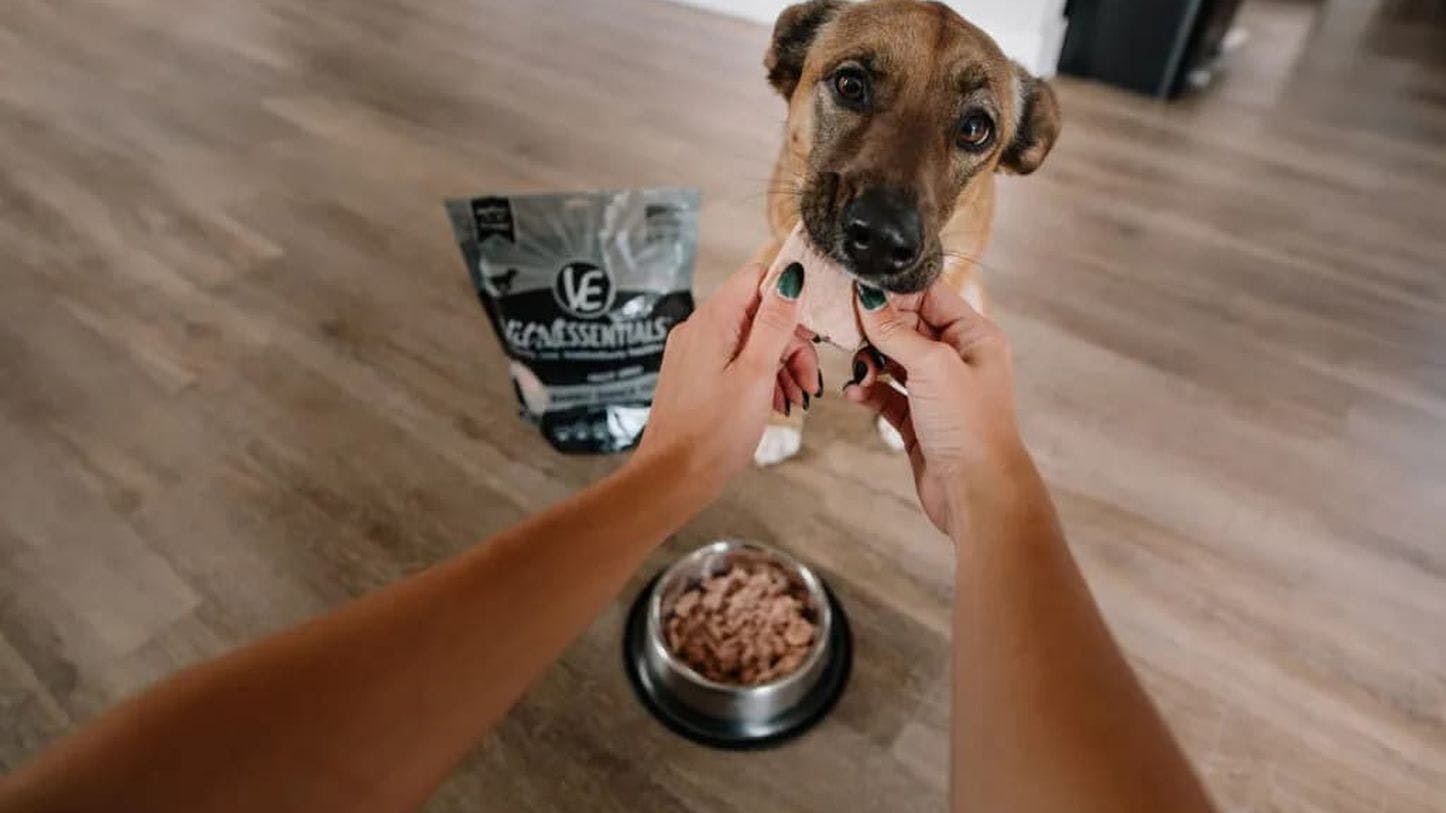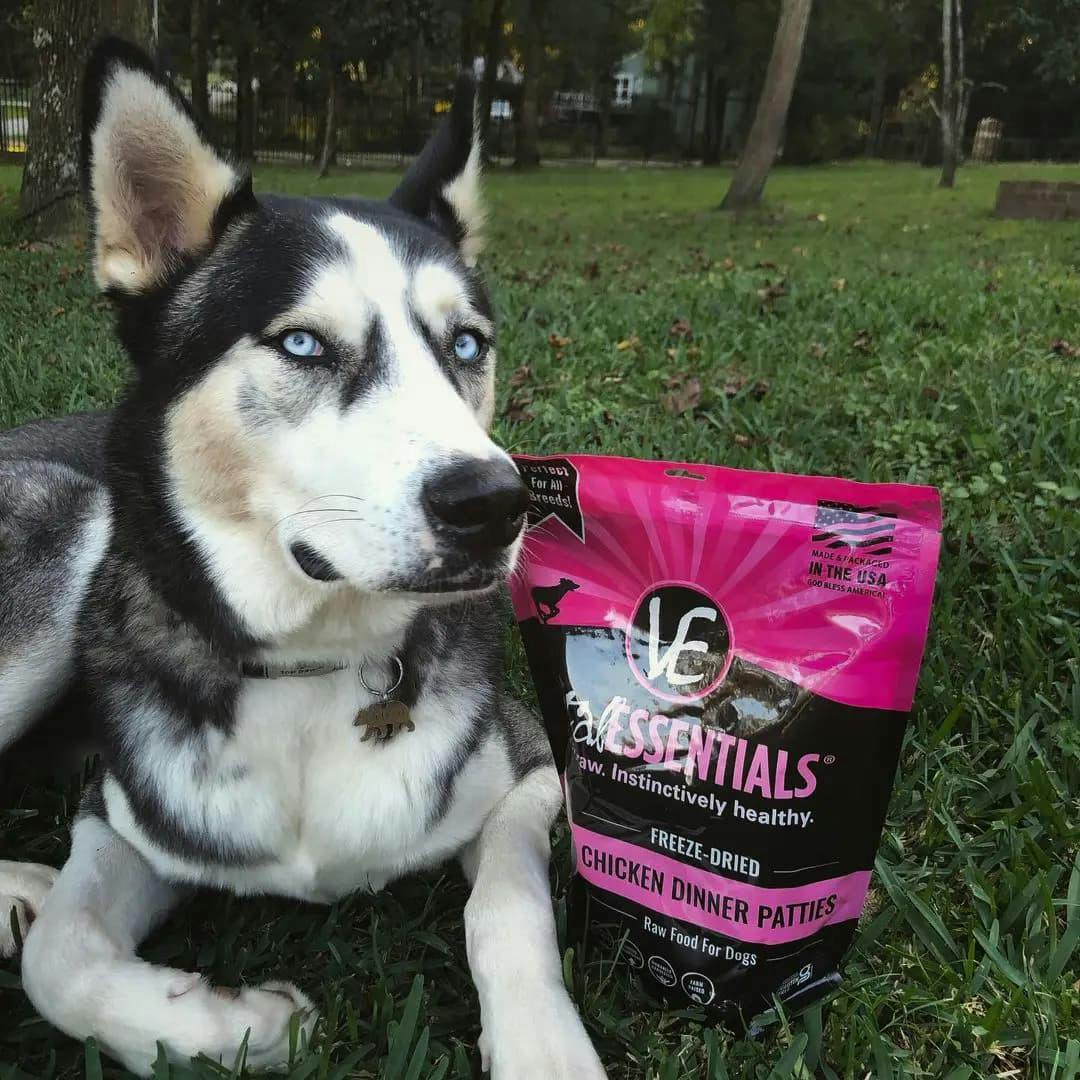
Raw Food Diet for Dogs & Cats: A Beginner's Guide to Feeding Your Pet a Natural and Nutritious Diet
3.28.2022
We’re here to help as you start your journey. We’ll discuss:
What is a raw food diet?
Benefits of a raw food diet
How to feed a raw food diet
How do I store raw pet food
How to mix raw with non-raw pet food
How to transition to a raw food diet
What Is a Raw Food Diet?
A raw food diet for dogs and cats differs greatly from the “normal” kibble-based pet food diet.
Raw pet food is not cooked or baked like kibble or heat-treated and canned like wet food. Heat-intensive methods destroy vitamins and nutrients in the meat, which most pet food manufacturers then replace with fillers or artificial additives later. The philosophy behind feeding raw is why not keep the healthy nutrients that were naturally present in the meat to begin with? That’s why a key component of a raw food diet is utilizing the whole animal — including meat, vital organs, and bone. These parts of the animal would also be present in your carnivore’s wild diet, and each contains important vitamins and nutrients.
Instead of baked or over-processed kibble, a raw food diet is based on fresh, high-quality animal sources that are either freeze-dried or frozen to lock in the natural nutrients. The nutritional balance of protein, carbs, and fat in a raw food diet is very different from commercial kibbles and much closer to the natural diet our pets’ ancestors would have eaten. It’s the diet that our pets’ bodies instinctively know how to digest — much more so than heavily processed corn meal!
The truth is, commercial kibble is made the way it is for the convenience and bottom line of manufacturers — not for your pet’s health. Grain-heavy ingredients help kibble keep its shape, but those excess carbs and gluten are not the best nutrition for carnivores. So while dogs can survive on kibble, there’s a better way to meet their nutritional needs and ensure they are not just surviving, but thriving!
Benefits of a Raw Food Diet for Pets
If you switch your pet from commercial kibble to a raw food diet, you’re bound to see the many health benefits that often result from a raw food diet for dogs or cats. These benefits include but are not limited to:
Losing excess weight
Stabilizing blood sugar levels
Reducing “peaks and valleys” in energy levels
Building muscle mass
Supporting a healthier skin and coat
Gaining energy and vitality
Promoting digestive health
Improving dental health
Dogs and cats thrive on a raw food diet, although there are differences in their nutritional needs. For example, some amino acids like taurine that cats can’t produce themselves and must get from their diet (that being said, dogs only produce small amounts of taurine, so they benefit from having taurine in their diet, too).
Ultimately, dogs and cats are carnivores and benefit from more protein and fewer carbs in their diet than is found in commercial kibbles. While some pet parents attempt to replicate a carnivore’s wild diet themselves through a homemade raw meal, it can be difficult and time-consuming to ensure your pet is getting all the nutrients they need on their own. On the other hand, a frozen or freeze-dried raw food diet from Vital Essentials is AAFCO approved, complete and balanced to meet the nutritional needs of dogs or cats. Our toppers are made for both, so you can get all the benefits of raw without worrying that any nutrients are missing or having to assemble the meal yourself!
How to Feed a Raw Food Diet
If you’re wondering how to feed a dog a raw diet, you may have noticed that there are a few different forms of food that all claim to be “raw.” But what are the differences between them, and which raw food is the best?
The two best forms of raw pet food are Frozen and Freeze-Dried. Both maximize the retention of natural nutrients in the meat, and either is a healthy option for your pet. Frozen patties represent a raw food diet in its purest form. Simply thaw and serve, no other preparation is needed.
Freeze-drying is a process that removes moisture from the food without cooking or baking it. What’s left is a dry, stable, and nutritionally rich meal. However, when it comes to freeze-dried raw pet food, be aware that not all freeze-dried food is the same.
Here’s how to serve Vital Essentials freeze-dried foods:
Nibs or Nibblets: Just open the bag and serve! Freeze-dried nibs and nibblets are dry and lightweight, making them the perfect choice for pets used to the crunch of kibble. They can be fed as a full meal, meal mix-in, and as high-value treats.
Patties: Do you want the flexibility of being able to feed either wet or dry? Freeze-dried patties are soft and crumbly, easy to feed with other foods or on their own. They are also ready to serve right away, so you can just open the bag and serve — or, you can mix them with water to create an instant pâté, ideal for pets who need more hydration or are switching from canned or wet food.
Toppers: Serve your way, any way. Enjoy maximum customization with freeze-dried toppers. This shredded food can be fed wet or dry. It can top kibble as dry flakes, or be drizzled as a gravy, or be fed all on its own as a complete and balanced meal — or any combination that works for you and your pets.
How do I Store Raw Pet Food?
Frozen raw food is kept in the freezer but can be thawed in the refrigerator and then fed over the next 4-5 days. Freeze-dried nibs, nibblets, patties, and toppers are highly shelf-stable. If unopened, they can stay in a cool, dry place for a year or even more. However, they should be fed within 30 days once opened.
Can I Mix Raw With Non-Raw Pet Food?
Yes! Many pet parents use raw food to boost a non-raw meal with extra protein and nutrition, particularly through the addition of a topper. It’s a great way to get the health benefits of raw food while keeping the core of your pet’s meal the same and may be the option that works best for your budget or lifestyle.
How to Transition to a Raw Food Diet
The process of transitioning your pet to a raw food diet depends on whether you intend for your kitty or pup to eat a completely raw diet or if you simply want to incorporate more raw foods into their regular meals. If you’re simply looking to get the benefits of raw into your pet’s diet without making a full change, you can start right away using toppers, patties, nibs, or even freeze-dried raw treats to replace a portion of your pet’s kibble or canned food with a healthy raw substitute.
If, however, you are looking to transition your dog or cat to an entirely raw diet, one great way to do that is to start by using toppers as a gravy mixed into your pet’s regular meals. Some pets are skeptical when they are first introduced to raw, simply because it is unfamiliar, but a gravy that soaks into their kibble cannot be picked out, and it won’t take long before your pet realizes that the taste of real meat enhances every meal. Once your pet is willing and eager to eat raw foods, you can begin transitioning them over to your preferred form of feeding long-term: via nibs, patties, or even continuing with toppers as a pâté.
The best way to change your pet’s whole diet is to slowly tweak the ratio between old food and new food over the course of 7-10 days (or even more if your pet’s stomach is sensitive to change).
So, at first, your pet’s meals should be 75% of their regular food and 25% of their new raw diet. After a few days, increase it to two-thirds regular and one-third raw; then half-and-half; and so on, until your pet is enjoying a completely raw food diet with no kibble in sight. A responsible, complete, and balanced raw food diet is a healthy option for your dogs and cats.
For more information on Vital Essentials and our full product line, follow us on TikTok and Instagram. And if you have any questions, be sure to check out our FAQ page for answers. Together, we can ensure your pet gets the proper nutrition they deserve.
